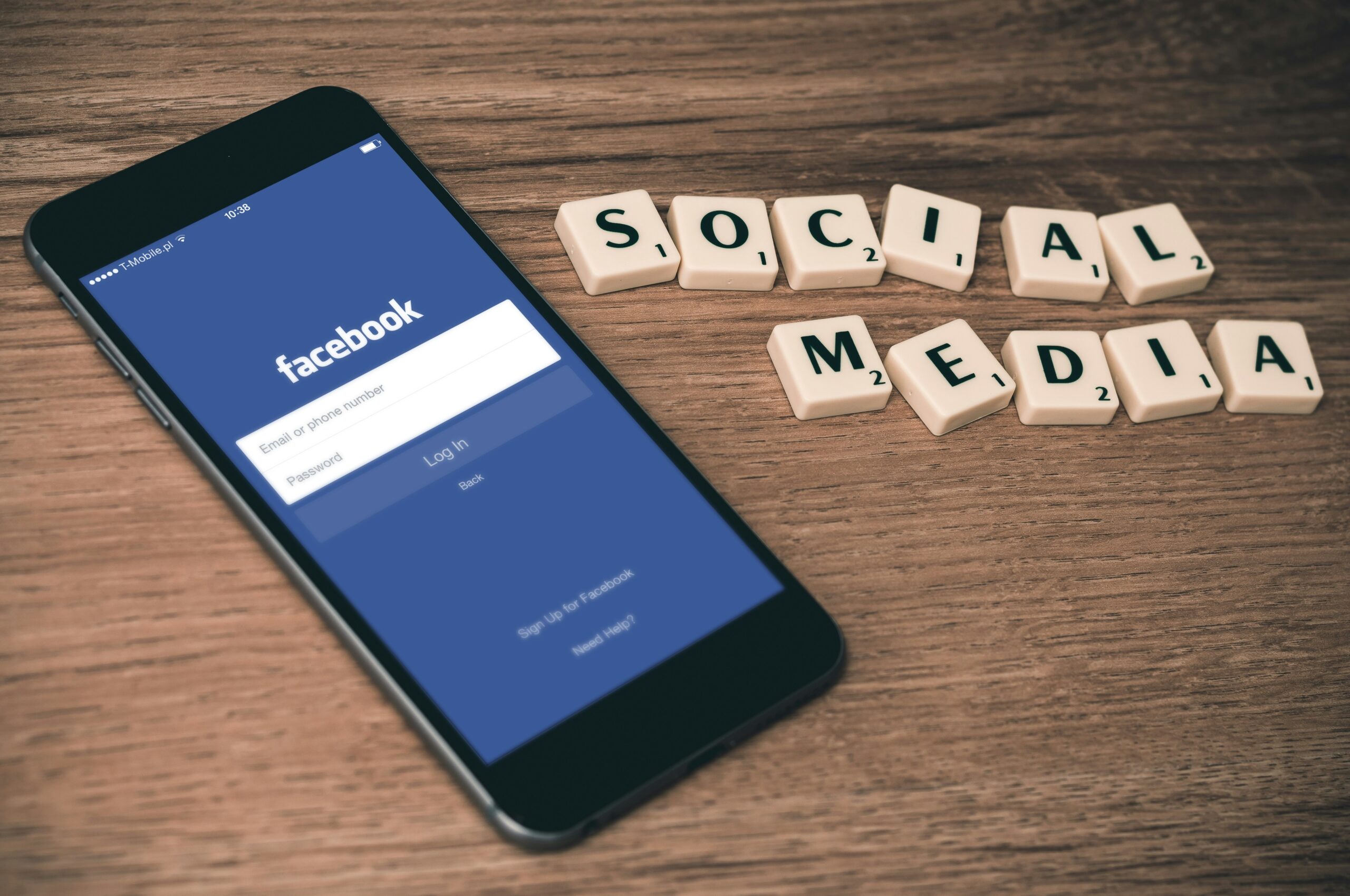
In today’s fast-paced world, digital communication has become the foundation of how individuals and businesses connect. Whether through emails, social media, instant messaging, or video conferencing, our ability to communicate effectively online significantly impacts relationships, productivity, and professional success. However, the convenience of digital communication also introduces challenges such as misinterpretation, lack of engagement, and information overload. Effective digital communication requires understanding key principles, leveraging the right tools, and practicing thoughtful engagement.
The Importance of Clarity and Conciseness
One of the biggest challenges of digital communication is the absence of nonverbal cues like tone, body language, and facial expressions. Unlike face-to-face conversations, written messages rely solely on words, sometimes leading to misunderstandings. To combat this, clarity and conciseness are essential.
When crafting an email, message, or social media post, it’s crucial to keep the language simple, avoid jargon (unless appropriate for the audience), and structure messages to clarify the main point. Bullet points, short paragraphs, and well-placed headings help ensure readability. Additionally, rereading messages before sending them can prevent errors and miscommunication.
Choosing the Right Communication Channel
Not all digital communication platforms serve the same purpose. Selecting the appropriate channel for a specific type of conversation improves efficiency and ensures the message is received as intended.
For instance, emails are best suited for formal discussions, detailed instructions, or documentation, while instant messaging is ideal for quick, informal exchanges. Video calls provide a more personal touch when discussing complex topics or building relationships. Understanding when to use each tool helps prevent communication fatigue and ensures effective and well-received messages.
The Role of Tone and Empathy
Written communication can sometimes come across as cold or impersonal without the benefit of vocal inflections or facial expressions. A well-intended message may seem abrupt, leading to unintended conflict or confusion. To counter this, tone and empathy should always be considered.
Adding a simple greeting, using polite language, and expressing appreciation can go a long way in creating a positive digital exchange. Emojis, while not always appropriate in professional settings, can help convey warmth in informal interactions. When responding to messages, acknowledging the sender’s perspective and showing empathy fosters stronger relationships and smoother interactions.
Managing Information Overload
With emails, notifications, and messages constantly demanding attention, digital communication can quickly become overwhelming. Managing information overload requires setting clear boundaries, prioritizing tasks, and optimizing communication habits.
One effective strategy is to limit email checking to specific times of the day instead of constantly refreshing the inbox. Organizing messages into categories or folders helps maintain focus on what’s most important. Additionally, setting clear team expectations regarding response times and preferred communication channels minimizes unnecessary interruptions and promotes efficiency.
Engaging in Meaningful Conversations
While digital platforms enable quick exchanges, they can sometimes lead to shallow or transactional communication. Engaging in meaningful conversations fosters stronger connections and enhances collaboration.
In professional settings, this means actively listening during virtual meetings, asking thoughtful questions, and providing constructive feedback. On social media, meaningful engagement involves responding thoughtfully to comments, sharing valuable insights, and contributing to discussions rather than merely posting promotional content. Taking the time to add depth to digital conversations enriches interactions and strengthens relationships.
The Ethics of Digital Communication
The digital landscape presents ethical considerations that should not be overlooked. Privacy, confidentiality, and responsible messaging are crucial in maintaining trust and credibility.
Respecting confidentiality when sharing information is essential, especially in a professional setting. Double-checking the recipients of an email before sending sensitive details can prevent unintended data breaches. Additionally, verifying sources before sharing news or information online helps combat misinformation and maintain credibility.
The Future of Digital Communication
As technology continues to evolve, so does the landscape of digital communication. Artificial intelligence, virtual reality, and advanced automation shape how we interact. However, despite these advancements, the core principles of effective communication remain unchanged—clarity, empathy, and engagement will always be essential.
Staying adaptable and open to new communication tools while maintaining strong digital etiquette ensures that individuals and businesses can thrive in an increasingly connected world. By mastering digital communication, we enhance personal and professional relationships and contribute to a more productive and collaborative digital environment.